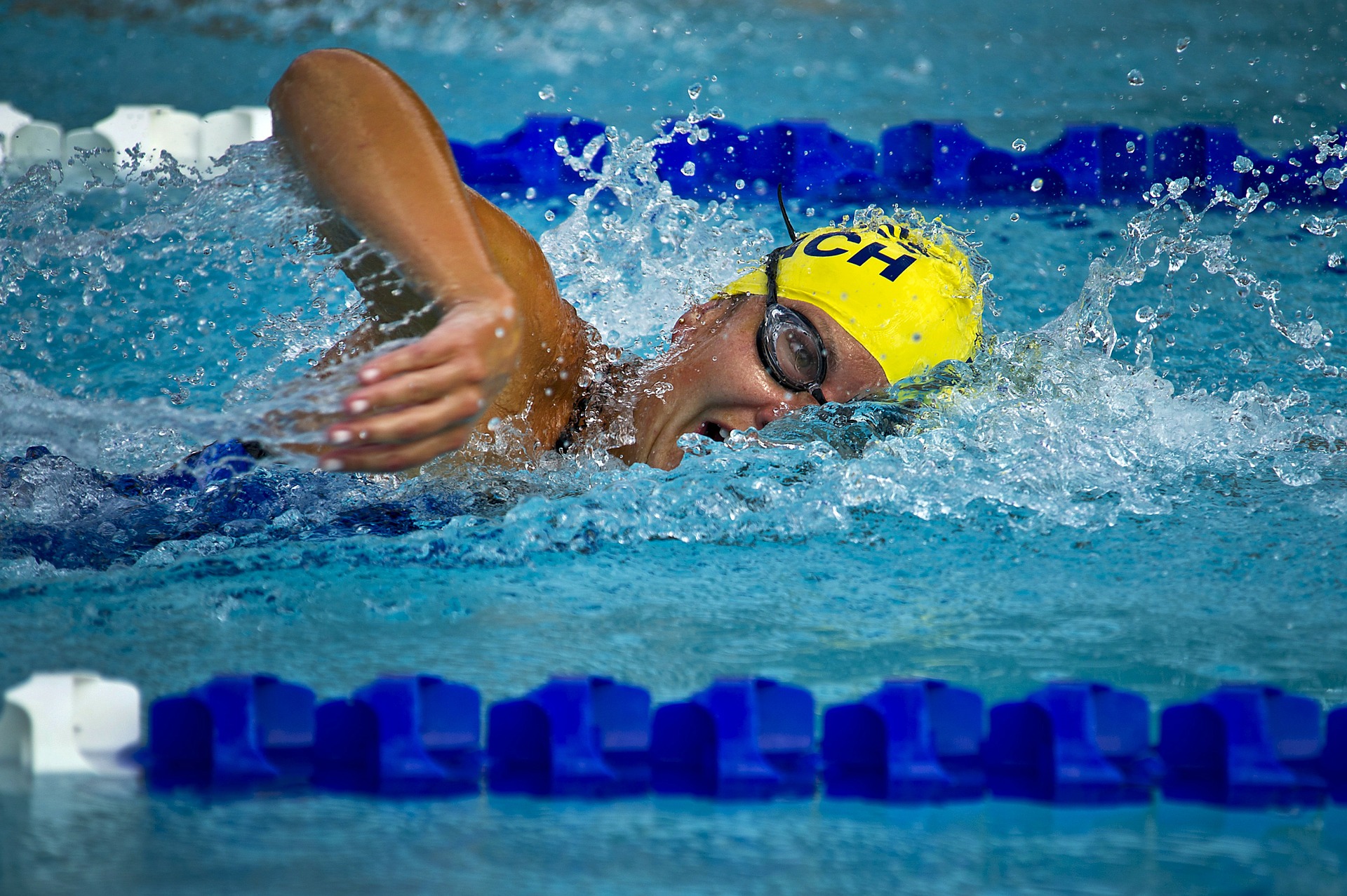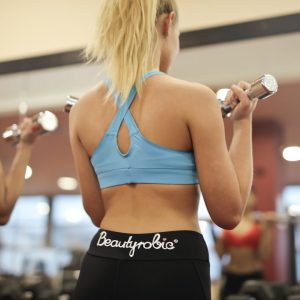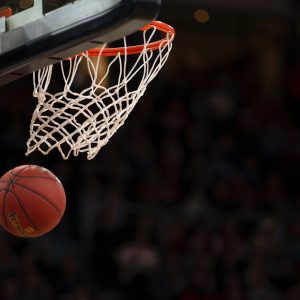With about 600 swimming universities around all degrees, this section offers a summary of the student-athlete experience at every level to aid people to know where they can come across the very ideal fit. This info will lead you in developing a target school set since the starting point for choosing the ideal game, but not merely concerning sports but also academic, cultural, and monetary things.
Women’s Division 1 swimming schools
Women’s Division 1 colleges start looking for the most notable talent not just instate but also around the nation. There are d-1 schools that may have limited recruitment budgets, which compels them to amuse in a certain field, however, schools together using name recognition and large athletic budgets such as Stanford regularly acquire recruits from all around the nation. Top-tier d 1 colleges have multiple junior or state national winners in 1 recruitment class. There are scholarships offered by the degree, but many athletes are given a partial scholarship since there’s a limitation of 14 scholarships for each team. Psychotherapy can also be incorporated into the scholarship amount with anglers counting as.5 individuals to the limitation of athletes each faculty.
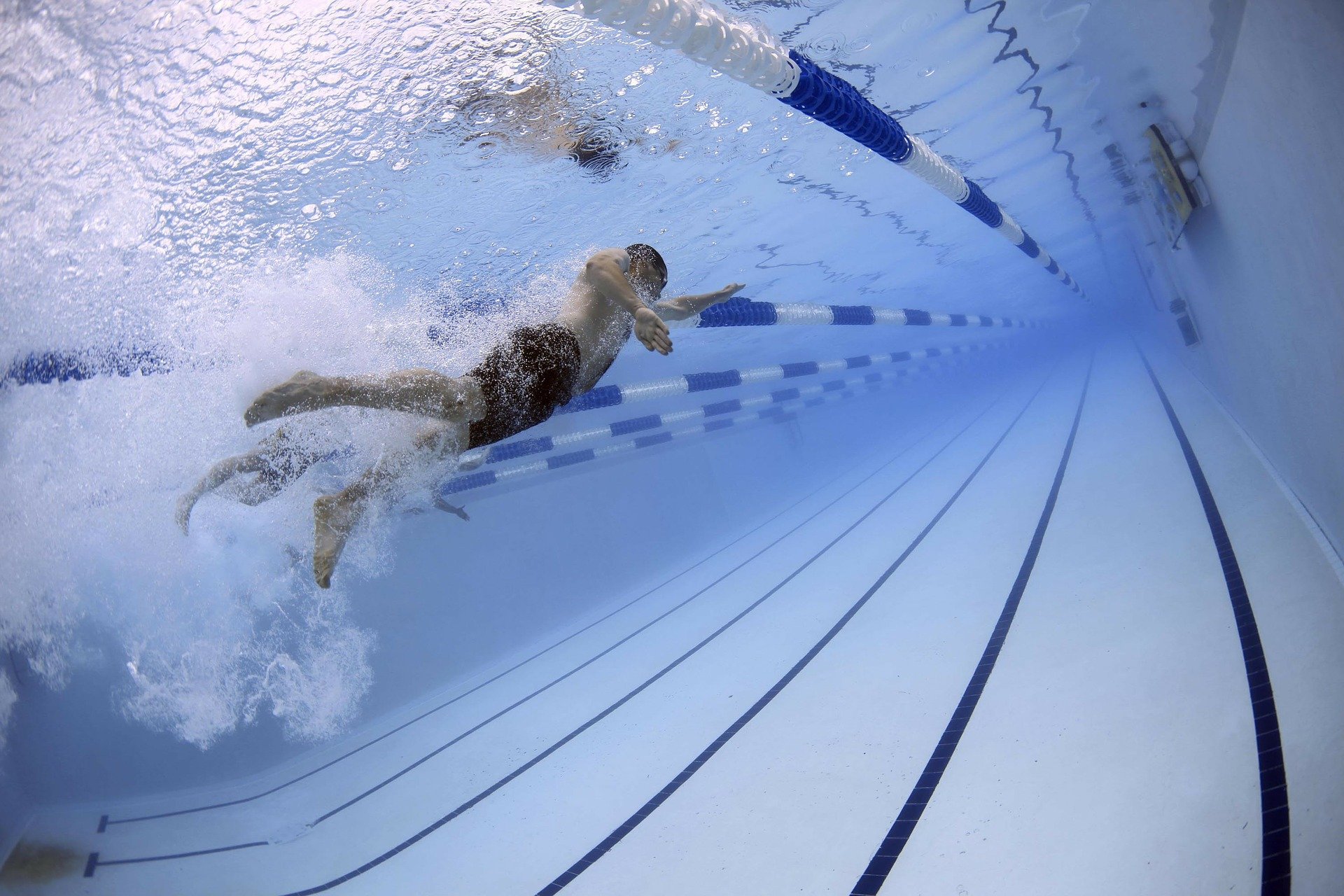 Women’s Division 2 swimming schools
Women’s Division 2 swimming schools
There’s actually just a misconception that Division two college spouses can’t float d-1, but this couldn’t be farther away from the facts. Many times, academic goals might result in a swimmer fully effective at swimming within d 1 to really proceed with the D2 or D3 course. The devotion that D-2 swimming takes continues to be exceptionally high but enables more chances out the pool compared to d-1 swimming does. The greatest Division Two swimming schools comprise the University of California-San Diego, in Addition to Rollins College.
A runner could see themselves fit better at a Division 3 faculty as a result of classes offered or perhaps even the total amount between professors and swimming; there was certainly much more freedom than is currently awarded to an athlete at the D1 or D2 degree. The recruitment procedure is not as regulated, allowing for athletes and coaches to come up with a relationship in front of a faculty loyalty is manufactured. Having the ability to keep in touch with recruiting coaches in addition to the downline could provide insight that may overtake swimmers in the D1 stage. Without athletic scholarships out there in this branch, cash is allocated for professors and need-based educational funding. Johns Hopkins University and Emory University are conversant associations at the very top of their D3 swimming rankings.
National Association of Intercollegiate Athletics or NAIA Faculties are constituted of smaller schools in comparison to Division 1 colleges. These schools offer an unparalleled degree of balance in regards to sports, social life, and professors. The recruitment calendars and rules which govern other branches aren’t found in NAIA. The capacity to combine campus classes such as a sorority or even have a session in a market program is all offered by those institutions. Though working out program in an NAIA school is likely to soon be not as strict as a premier d-1 app like the University of Texas, it generally does not signify that swimmers at the degree won’t still enhance their abilities and grow an athlete. The Most Useful NAIA schools for swimming comprise the School of both Idaho and also the Soka University Of America.
Junior toto community colleges are regarded being a two-year faculty at which a student-athlete may simply take her game to another stage from the classroom and pool. Many athletes at the JUCO level possess the objective of moving to some four-year faculty in order to complete their education. Saving cash is really actually just a massive allure of JUCO swimming, being an athlete must compete to a high degree with no enormous price tag. A swimmer that improves enormously at a JUCO could get paid a scholarship in a university of their own choice. Swimmers which have a top trajectory of advancement throughout the past couple of years are individuals that are coveted by trainers.
NJCAA and CCCAA schools pose the chance for swimmers to improve in a variety of elements to be true student athletes. The junior faculty experience also enables to get an athlete to grow, which could be the real secret to unlocking their authentic athletic potential.
Which will be the most useful women’s swimming colleges?
NCSA compiles statistics to create Power Rankings and also presents studentathletes more clarity about schools, separated by division and sport. Factors go far beyond operation at major tournament matches, and also our data has been accumulated beyond their athletic section. The energy Rankings also incorporate the range of all “favorites” a faculty has got over the NCSA platform. This clarifies just the number of studentathletes who are thinking about attending a particular institution.
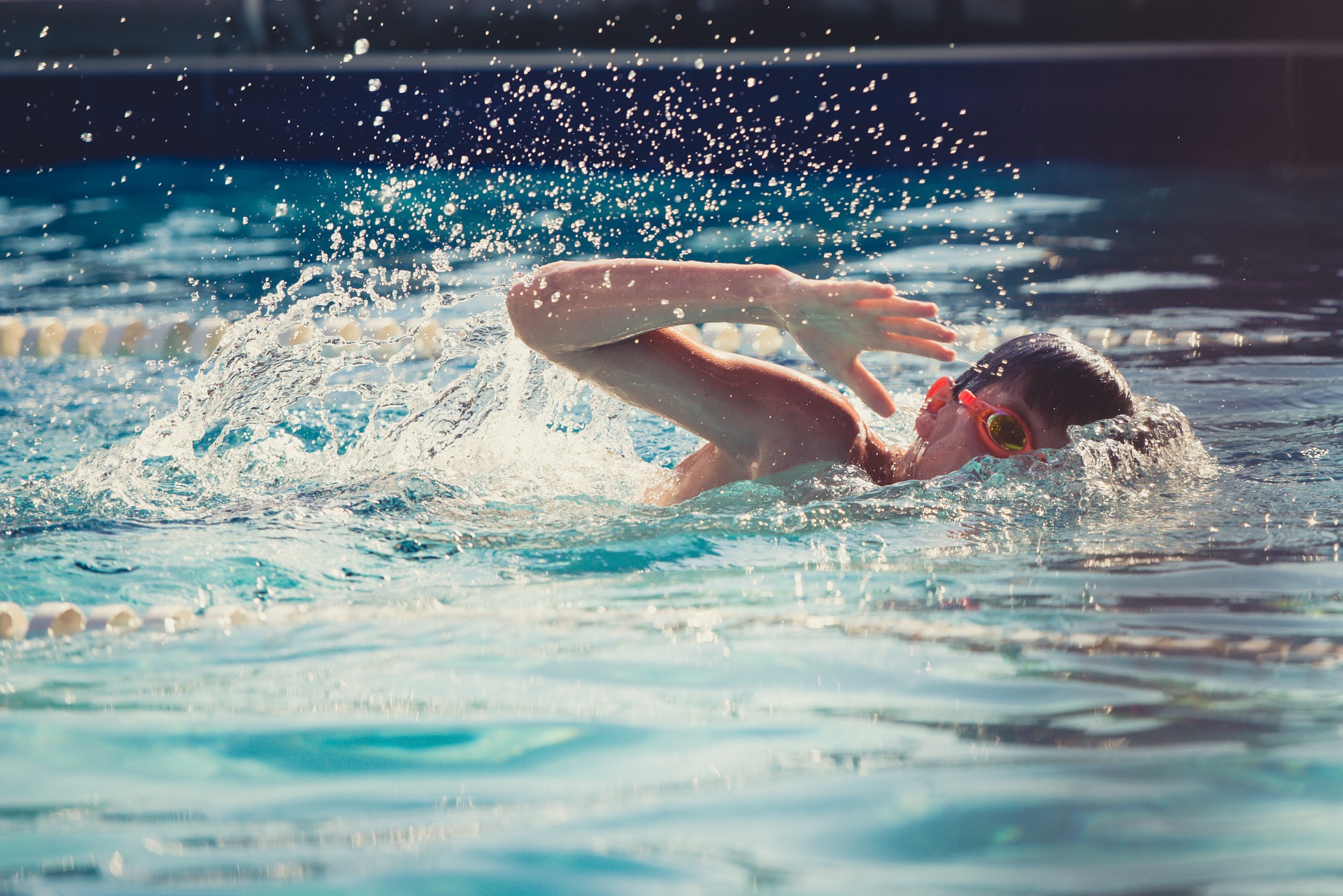 Most Useful women’s swimming schools:
Most Useful women’s swimming schools:
- Stanford University
- Harvard University
- Princeton University
- Yale University
- University of California
- Duke University
- Columbia University
- University of Florida
Stanford University rankings highly for the NCAA positions and NCSA ranks. Even the NCAA positions are based solely upon performance whilst NCSA simply takes additional factors into consideration, just such as the student-athlete total experience, team, and costs cooperation prices.

